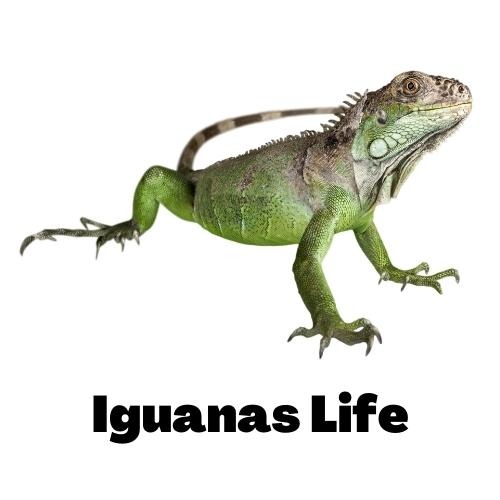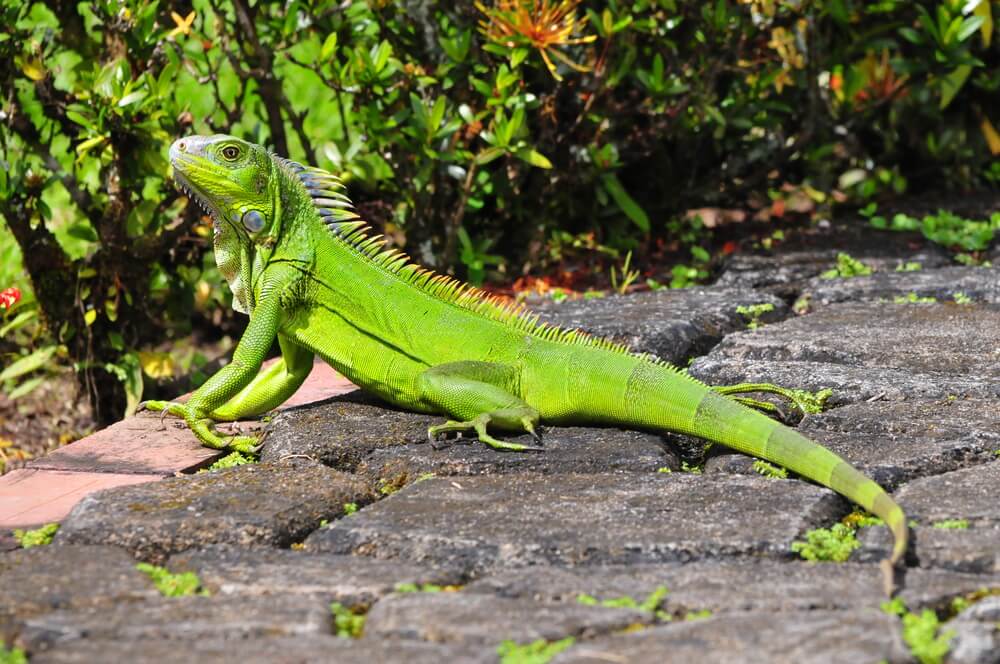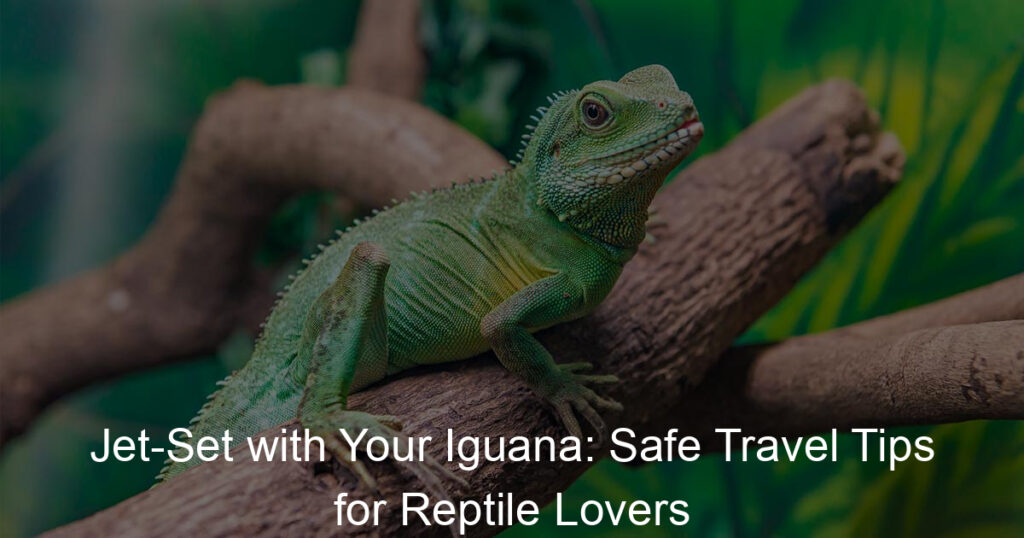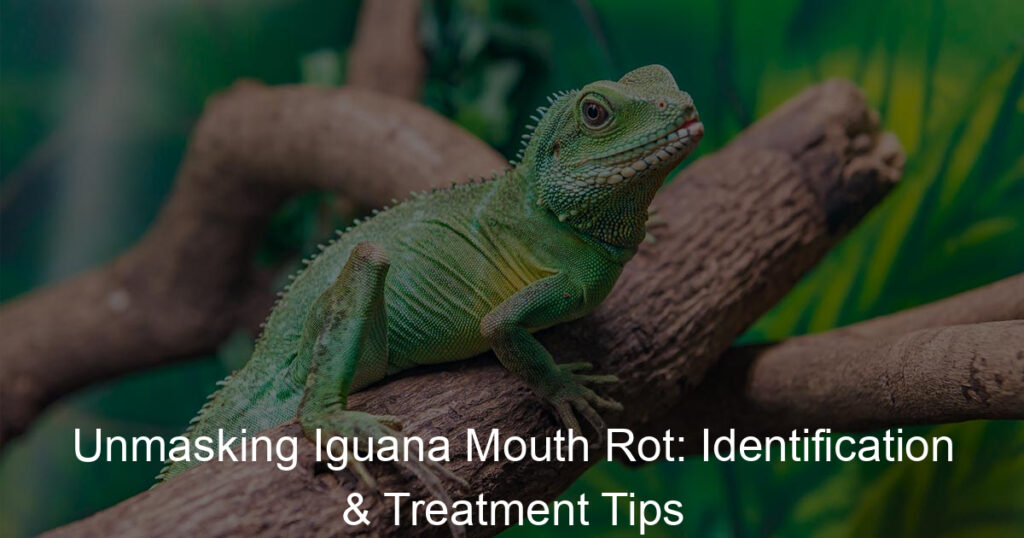Green iguanas are one of the largest lizards in the world. They can grow to be over 6 feet long and weigh up to 20 pounds. Females are usually smaller than males.
These lizards are also one of the longest-lived, with some individuals living for over 20 years.
Interestingly, green iguanas do not reach their full size until they are 4-5 years old. Until then, they go through a period of rapid growth.
Once they reach adulthood, their growth slows down and they only put on a few inches per year.
Despite their large size, green iguanas are excellent swimmers and tree climbers. They use their long tails for balance when swimming and climbing.
Green iguanas are also good at digging and can burrow into the ground to escape predators or extreme weather conditions.
Green iguanas are found in tropical and subtropical areas of Central and South America. They prefer to live in humid habitats near rivers, lakes, and swamps.
These lizards are also common in cities and towns, where they can be found basking in the sun on rooftops and sidewalks.
What Size Tank Do Green Iguanas Need?
As juveniles, green iguanas can be kept in a 20-gallon tank. However, adult iguanas will need a much larger enclosure.
A minimum cage size for an adult green iguana is 6 feet long, 4 feet wide, and 4 feet tall. Ideally, the enclosure should be even larger than this to give the iguana plenty of space to move around.
Green iguanas are active lizards that need room to climb, bask, and exercise. A large enclosure will also help to reduce stress levels and prevent aggression.
If you are keeping more than one green iguana together, each lizard will need at least 10 square feet of space.
In the wild, green iguanas spend most of their time in trees. To recreate this natural habitat, the enclosure should be tall enough for the iguana to climb and perch on branches.
Live plants can also be added to the enclosure for the iguana to hide in and climb on.
Green iguanas are tropical animals and need warm temperatures to stay healthy. The basking area of the enclosure should be kept at 85-95 degrees Fahrenheit during the day.
The rest of the cage should be around 80 degrees. At night, the temperature can drop to 75 degrees.
A heat lamp or ceramic heater can be used to create a basking spot. The heat source should be placed on one side of the enclosure so the iguana can move to a cooler area if it gets too warm.
A digital thermometer should be used to monitor the temperature inside the cage.
Green iguanas also need a source of ultraviolet (UV) light. This type of light is found naturally in sunlight and helps the iguana to produce vitamin D3. Vitamin D3 is essential for calcium absorption and bone growth.
Without UV light, green iguanas can develop health problems such as metabolic bone disease.
A UVB light bulb can be used to provide UV rays inside the enclosure. The bulb should be placed on the basking side of the cage and should be replaced every 6 months.
A full-spectrum light bulb can also be used to provide both UVB and UVA rays.
In addition to UV light, green iguanas need a source of fresh, clean water. A water dish should be filled with filtered or distilled water and placed inside the enclosure.
The iguana will use the water dish to drink from and may also soak in it to cool down. The water dish should be cleaned out weekly and refilled as needed.
Are Green Iguanas Aggressive?
Green iguanas can be aggressive, especially during the breeding season.
Male iguanas are particularly territorial and may attack other males that enter their territory. Females can also be aggressive towards each other when competing for a mate.
Iguanas may also become aggressive if they feel threatened or are startled. When handling green iguanas, it is important to be calm and gentle.
Sudden movements and loud noises can scare the lizard and trigger an attack. If an iguana does become aggressive, it will usually try to bite or scratch its attacker.
Iguanas have sharp teeth and claws that can cause serious injuries. It is important to use caution when around these lizards and to avoid provoking them.
What Is the Largest Green Iguana Ever Recorded?
The largest green iguana on record was 5 feet 11 inches long and weighed 20 pounds. This lizard was captured in Mexico and is now on display at a zoo in China.
While this is the largest green iguana on record, it is not representative of the average size of these lizards. Most green iguanas only grow to be 3-4 feet long and weigh 5-10 pounds.
Females are typically smaller than males and can reach lengths of 2-3 feet.
Are Green Iguanas Good Pets?
Green iguanas can make good pets, but they are not the right pet for everyone. They can be very active and require a lot of space to move around.
They also need a warm environment and should not be kept in temperatures below 60 degrees Fahrenheit. Green iguanas can be aggressive, so they are not recommended for households with small children.
If you are considering a green iguana as a pet, be sure to do your research and talk to a veterinarian or reptile expert to make sure they are the right pet for you.
Thanks For Reading














